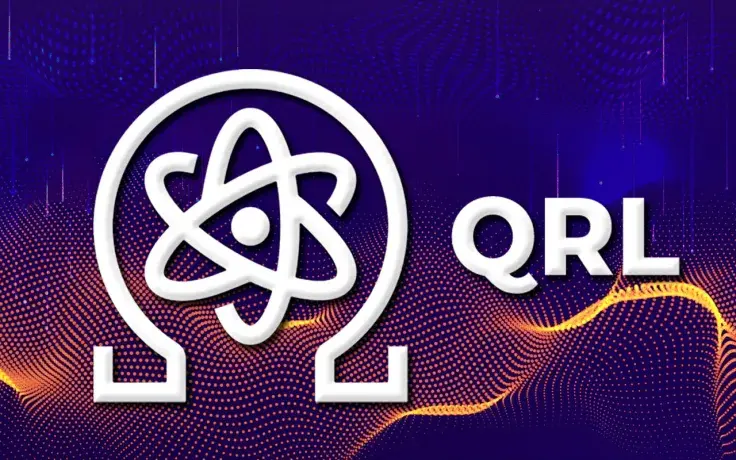
Post-quantum cryptography is a hypothetical phase of global cryptography development that Web3 can enter after the adoption of quantum computers.
Quantum Computer, Most Dangerous Threat to Blockchains’ Integrity
Since the very inception of blockchain systems as decentralized distributed data storage and transfer mechanisms, the problem of "hacking" such mechanisms has been analyzed by cryptography experts. Blockchain projects cannot be hacked through domain hijacking or a 51% attack (at least, such attacks are too expensive to perform).
But in theory, ECDSA P-256 encryption utilized by Bitcoin, Ethereum and the vast majority of mainstream blockchains can be broken through the quantum computing mechanisms. This attack can destroy the valuation of all coins of this or that blockchain and therefore heavily damage the global finances ecosystem.
The National Institute of Standards and Technology (NIST) has already announced that, despite quantum computers not existing yet, new blockchains should be prepared for post-quantum cryptography attacks. That’s why Quantum Resistant Ledger (QRL) has been implementing such practices since 2018.
Quantum Resistant Ledger (QRL) pushes barriers of post-quantum cryptography
Incorporated in Zug, one of the most influential blockchain hubs globally, Quantum Resistant Ledger (QRL) blockchain addresses the security problems of post-quantum cryptography.
Last month at $QRL we celebrated our four year anniversary since genesis, successfully handled a zero-day exploit, launched a new QRLLIB browserify library, and more!
— QRL: The Quantum Resistant Ledger (@QRLedger) July 2, 2022
Read our monthly blog for more details:https://t.co/SUk6EgNchz
Quantum Resistant Ledger (QRL) is the first-ever blockchain platform that leverages XMSS, a hash-based, forward secure signature scheme certified by the Internet Engineering Task Force (IETF). Not unlike key privacy-focused coins, it works with minimal security assumptions and reusable addresses.
Its codebase is audited by two third-party security vendors: ed4sec and x41 D-sec. Also, QRL’s design is approved by the U.S. National Institute of Standards and Technology.
Quantum Resistant Ledger (QRL) combines on-chain lattice key storage with QRL’s proprietary ephemeral messaging layer for inter-node communication.
QRL established itself as a high-performance industry-grade solution; it is securely integrated with the world’s leading hardware cryptocurrency storage systems. enQlave technology bridges Quantum Resistant Ledger (QRL) to Ethereum (ETH), the largest smart contracts platform for various decentralized applications.
Promising platform for developers and users
Polished UX and developer-friendliness are other focus areas of the Quantum Resistant Ledger (QRL) team. By Q2, 2022, its team created and released extensive documentation for API instruments. It allows multiple Web3 developers to build their own systems with Quantum Resistant Ledger (QRL) used as either a payment system or consensus layer.
Also, Quantum Resistant Ledger (QRL) deployed a set of instruments for end users. Downloadable applications are available for mobile and desktop devices. It natively supports hardware wallets Ledger Nano S and Ledger Nano X. Besides that, detailed documentation and manuals are released for crypto users with various levels of expertise.
 Dan Burgin
Dan Burgin Vladislav Sopov
Vladislav Sopov U.Today Editorial Team
U.Today Editorial Team